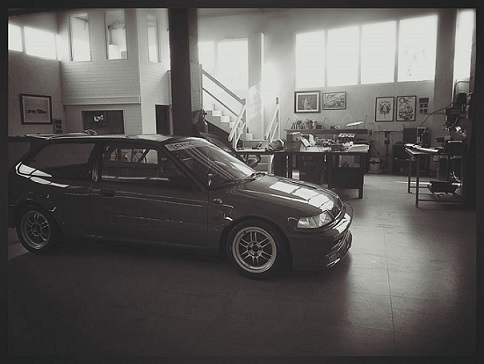as you can see in the graph, a laminar flow speed is higher than turbulent, and also the flow speed raises in the middle of the pipe. so how a pipe with no casting marks and a surface less rough can change the speed and flow?
a practical approach in the flowbench shows me that there is almost no difference between a polished surface and a OEM finish surface.
a theoretical approach, for a pipe 120mm long, with 40mm diammeter , a pipe roughness of 1e-15 (almost pvc or plastic surface), 990mbar of pressure, there is an air velocity of 253.528m/s.
with a pipe roughness of cast iron, which is 4.5e-5, the air velocity is 253.524m/s, a 0.04m/s difference.
lets see how affects this air velocity change in flow. for a 40mm diammeter pipe of 120mm length, with an air velocity of 253.528m/s (roughness almost plastic or pvc) . Flow rate is 675.05 cubic foot per minute.
with a cast iron surface, air velocity of 253.524m/s flow rate is 675.06 cubic foot per minute.
in an ideal world and an efficient engine, 1 horsepower drinks 1.4CFM, so don't waste your time polishing surfaces...


No hay comentarios:
Publicar un comentario
Nota: solo los miembros de este blog pueden publicar comentarios.